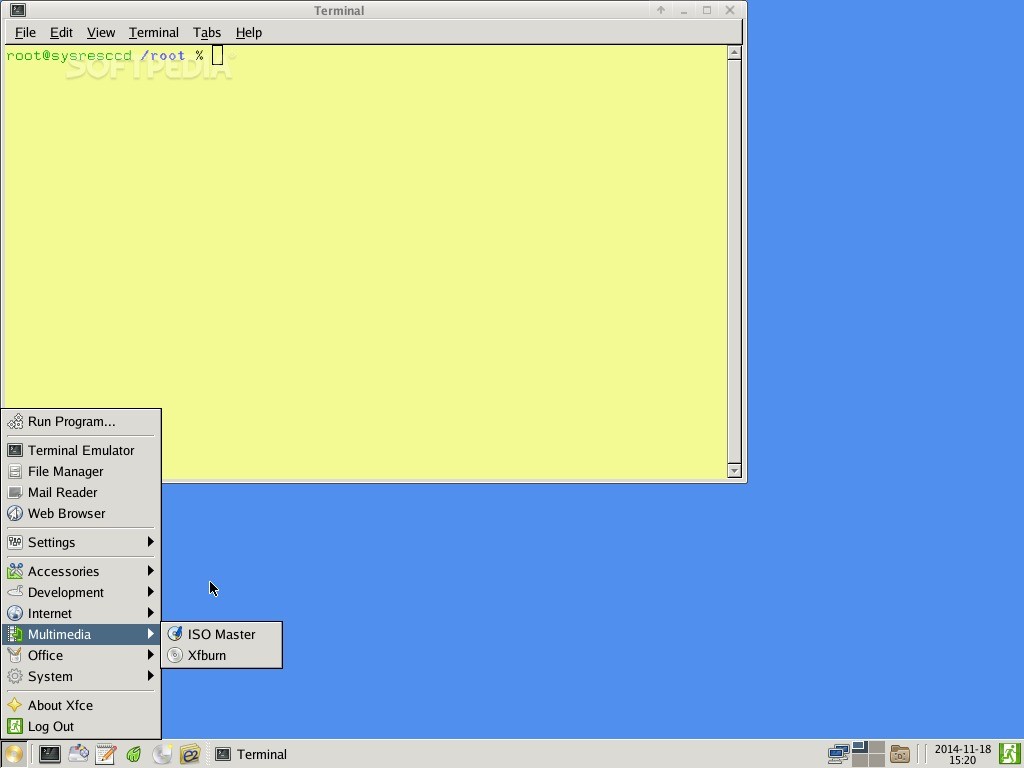

If you have been following my PXE Server guide then the file is called default in the pxelinux.cfg directory. We will need to edit the file that contains the configuration for the PXE server. I have used the directory /tftpboot/srcd for my files on the server. Once we have these 4 files, we need to place them onto our PXE server.

sysrcd.dat – This contains the squash file system that becomes the root filesystem for SystemRescueCD.rescuecd – This is the kernel that SystemRescueCD uses, however there are other options that can be used.initram.igz – this is the initial ramdisk that SystemRescueCD uses to boot.Once we have the ISO file, we need 4 files off the ISO file, which are – We need the ISO file that contains the files we will need to PXE boot SystemRescueCD which can be downloaded from here. Step 1 – Getting the SystemRescueCD files The only downside to booting over the network is the time it takes to boot if you’re still on good ol’ 100 megabit “Fast” Ethernet as SystemRescueCD weights in at just over 300 megabytes, which also means the system that you’re network booting on must have at least 512 megabytes of ram in order to network boot SystemRescueCD as all the data is stored in RAM when you networkboot.
#RIP LINUX VS SYSTEMRESCUECD INSTALL#
It also means that when SystemRescueCD is updated, all I need to do is update the files on my PXE server instead of having to burn a new CD or install it again on a USB key which means less clutter for me which is always good.

Instead of having to dig for that USB key or CD that SystemRescueCD is on, I’ve setup my PXE server with SystemRescueCD to save time on having to find where I’ve put the CD. SystemRescueCD is very useful to have on hand for those issues that come up at the worst times.


 0 kommentar(er)
0 kommentar(er)
